
Understanding the pros and cons of being a veterinarian helps you decide if this career is the right fit, lower your expectations and handle physical, psychological, and ethical dilemmas related to the animal care field.
Veterinary practice is double-edged. It’s not only limited to stress and challenges. It also enhances skills and satisfies emotions through the good feeling of helping others’ well-being.
Providing an animal with care isn’t easy at all. It’s time and effort-consuming, and it requires navigating all challenges and stress properly to achieve the desired results.
The Pros And Cons Of Being A Veterinarian
Healthcare careers have a lot of details beyond.
Decision-making regarding whether or not to choose veterinary medicine requires weighing and evaluating the pros and cons of being a veterinarian.
Let’s discuss both of them in further detail.
3 Pros Of Being A Veterinarian
On both personal and occupational sides, Investment in the veterinary career reflects valuable returns worth facing the challenges of being a veterinarian.
1-Financial Returns
Veterinary careers aren’t limited to direct work and contact with animals.
There is a diversity of related fields like food safety, and clinical and academic research.
The increased demand for veterinary practitioners in various veterinary fields increases veterinarians’ salary ranges.
2-Skills Development
Veterinary practices open the doors to enhancing practitioners’ business and leadership skills, as well as technical skills, to achieve the desired goals.
Veterinary Books Suggestions
3-Emotional Satisfaction
Veterinary medicine practices satisfy veterinary practitioners’ passion for assuring others’ well-being. It comes either directly through animal treatment fields and solving complicated cases or indirectly through practices like research and food safety.
How Hard Is The Veterinary Practice?
The critical work conditions and the intense commitment to the work environment affect healthcare providers’ work-life balance to a degree that sometimes results in abandoning their careers or suicide in the worst cases.
Veterinarians are vulnerable to the risk of stress that arises from various factors.
5 Cons Of Being A Veterinarian
Despite veterinary practices’ valuable returns, toxic work environments and an excess empathy hinder the enjoyment of these returns.
Veterinarians suffer from various dilemmas as follows:
1-Financial dilemmas
-High cost of veterinary education, as fresh graduates may suffer to pay off their debts while starting their careers.
-Investment in veterinary careers for example healthcare-providing businesses needs a large fundraiser which in turn reflects a stress on veterinarians especially those who seek private business establishment.
-Increased prices compared to low salary ranges in exploiting corporations.
2-Physical dilemmas
-Inorganized working schedules, long working hours and weekend shifts result in both physical and psychological exhaustion and health problems in the long term.
3-Psychological dilemmas
-Misunderstandings and conflicts between teamwork members spread negativity in the work environment.
-Difficulties handling and communicating with owners, especially at the beginning of careers.
4-Emotional dilemmas
-Veterinarians with direct contact with animals and their owners are more vulnerable to emotional exhaustion due to the grief they feel because of animals’ pain and losses.
5-Ethical dilemmas
-Decision-making in critical issues when there are many options to choose considering that choosing one option will violate a principle, like euthanasia and ending an animal’s pain and giving that priority versus its right in life.
-Handling owners and their right to refusal regarding vaccination schedules or euthanasia.
4 Hidden Challenges In Veterinary Practice
To what extent do the daily work challenges impact veterinarians?
Various work-related challenges and dilemmas can adversely affect veterinarians and in turn, all aspects of their practice.
Let’s discuss this in brief.
1- Stress
Stress is defined as a change or a disturbance in a certain equilibrium. The veterinary work conditions are not constant. For example; the quick switches and responses for immediate handling and treatment of a dog or a cat crushed in a car accident. This in turn leads to hormonal disturbance and rapid successive spikes that may not be recognized along with physical and mental exhaustion until falling asleep. Long-term stress results in health problems and complications like high blood pressure, heart disease, headache and short-term memory loss.
Read More: Veterinary Stress Management: 6 Tips Will Help You
Giving time and effort to respond to excessive demands can be adversely reflected on the veterinarians when all their sacrifices are met with a lack of appreciation or insults either from clients or colleagues.
Feelings of negativity and apathy toward everything even animals’ illnesses arise and unfortunately they are not easily or quickly everted.
Read More: 4 Ways for Preventing Burnout among Your Veterinary Team
3- Compassion fatigue
Excess empathy toward animals’ pains leads to emotional exhaustion.
4- Vicarious trauma
Contact with animals and their owners with uncontrolled empathy can impel veterinarians through high levels of caring responsibilities and involvement to a degree they think about others’ suffering and problems as if they are their own problems.
Best practices to alleviate the challenges of being a veterinarian
Challenges of being a veterinarian and solutions to handle them shall be in priorities when a veterinary career is established.
Here are some tips for relief and navigating them.
Establishment Of A Self-Care Plan
Healthcare providers must get something to enhance their joy to create a work-life balance.
Mandatory Training Programs For Stress Handling
Awareness of different forms of stress and fatigue arising due to tough work conditions.
Improving Work Environment
This is Done In a Few Steps:
- Organized work schedules to enhance veterinarians’ work-life balance.
- Reinforcing transparent communication to avoid misunderstandings, rumours and negative vibes between teamwork members.
Documentation system establishment
Documents are necessary for veterinary practices, especially if it’s related to issues depending on owners’ consent and their refusal rights.
Veterinary Books Suggestions
Conclusion
Decision-making to determine if a veterinary medicine career fits you or not requires an evaluation and weighing both the pros and cons of being a veterinarian.
It has personal and occupational returns that make it a choice for many people.
However, despite the privileges the Veterinary field provides veterinarians with, the work conditions are not easy and full of challenges. The challenges of being a veterinarian arise due to many factors related to the work environment and veterinarian-client relationships. So, these challenges should be considered and well-navigated to avoid potential losses or failures.
Tip
Do You Want To Increase Your Veterinary Knowledge and Practical Skills?
You Can Now Browse and Download +3000 Veterinary Books Online In All Veterinary Fields.
Download All Veterinary Books
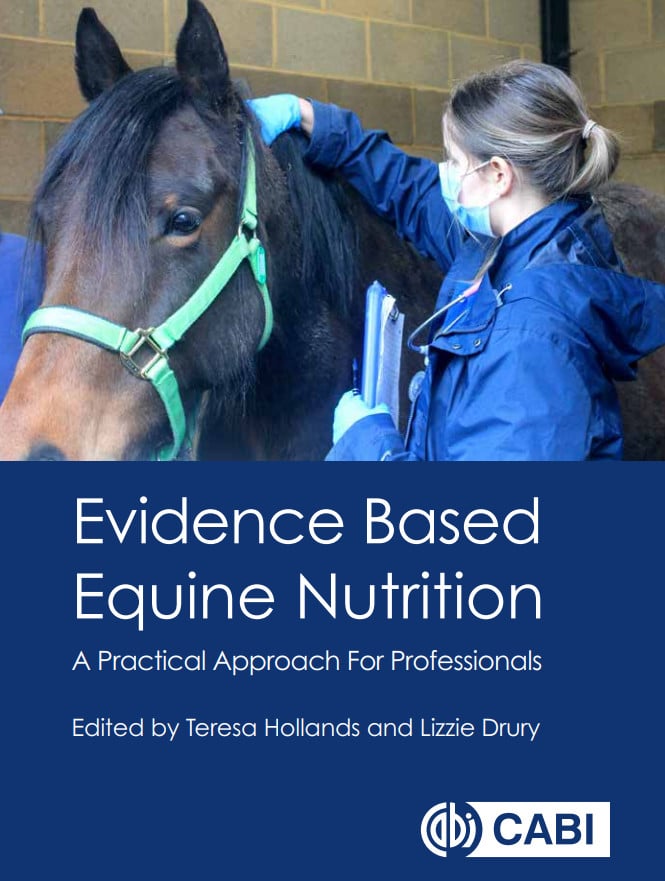



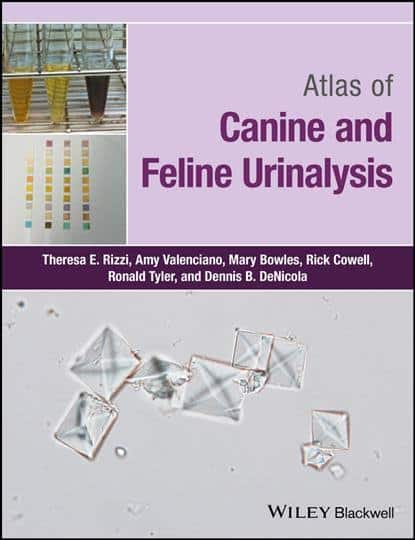
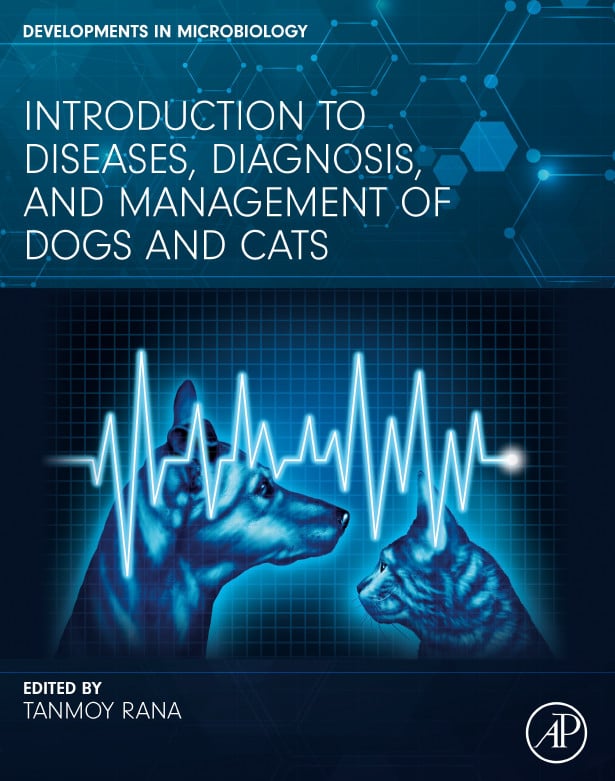
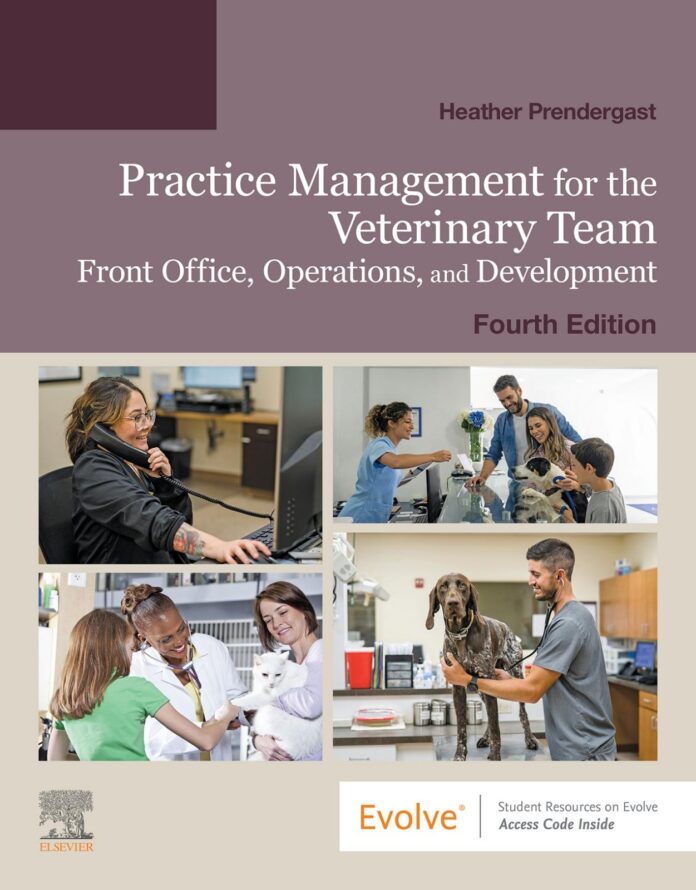
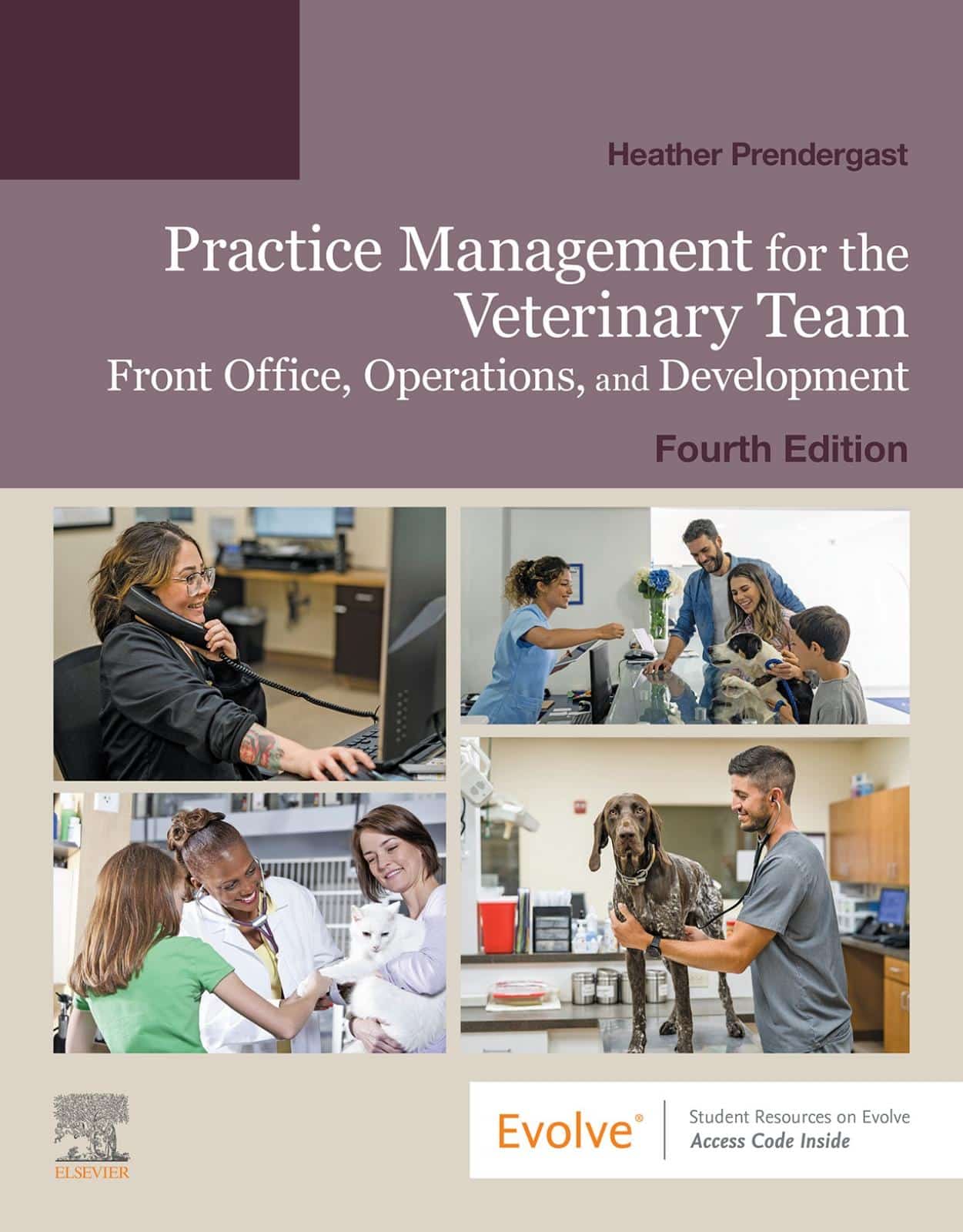

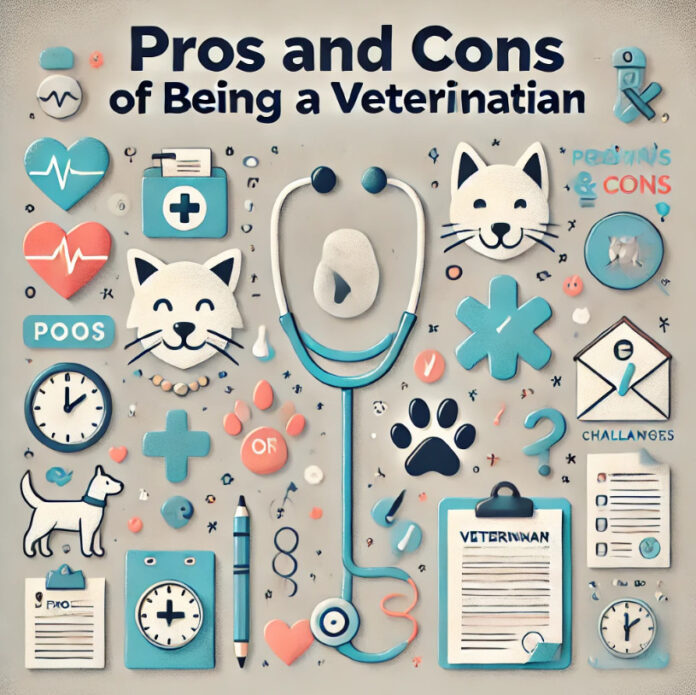


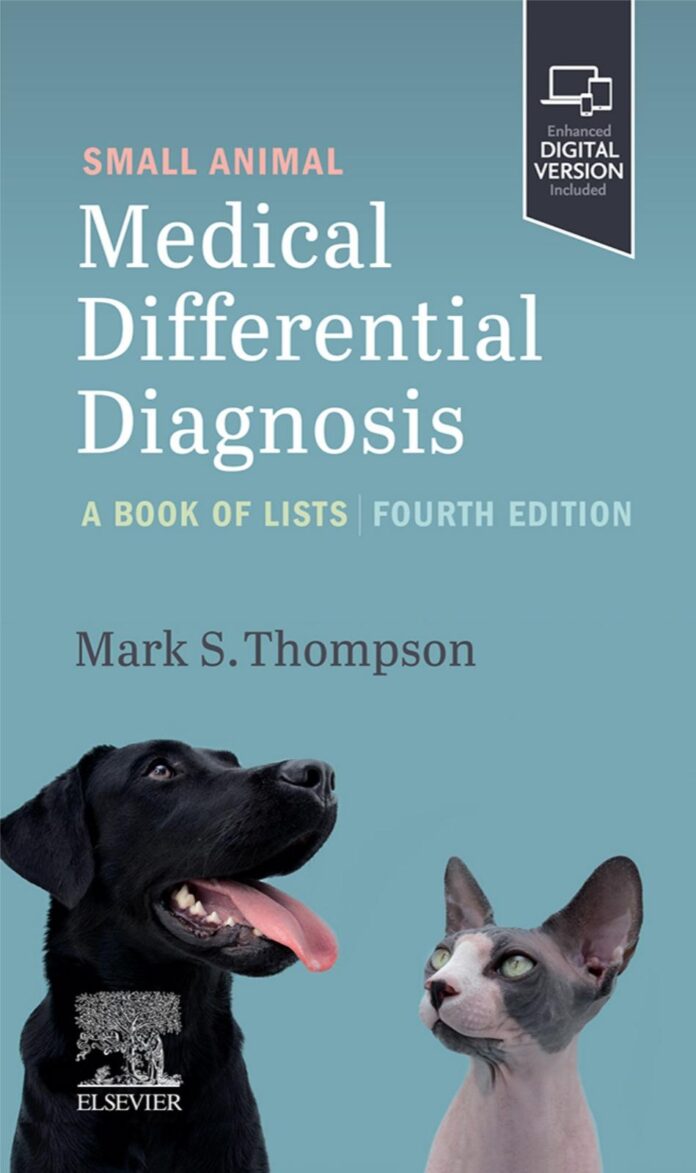



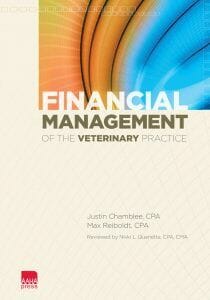
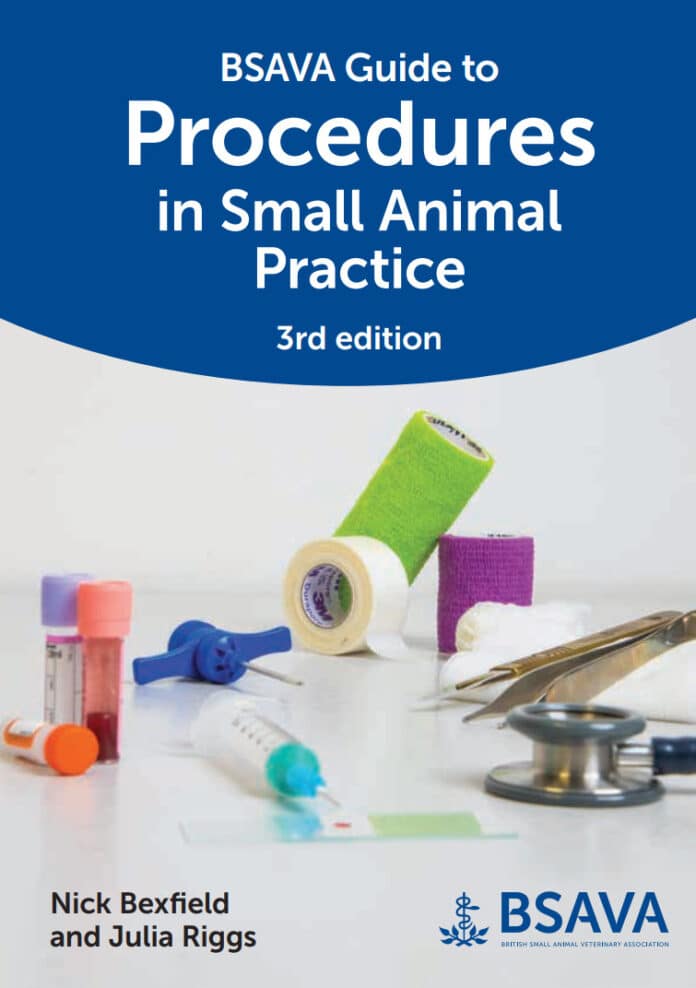
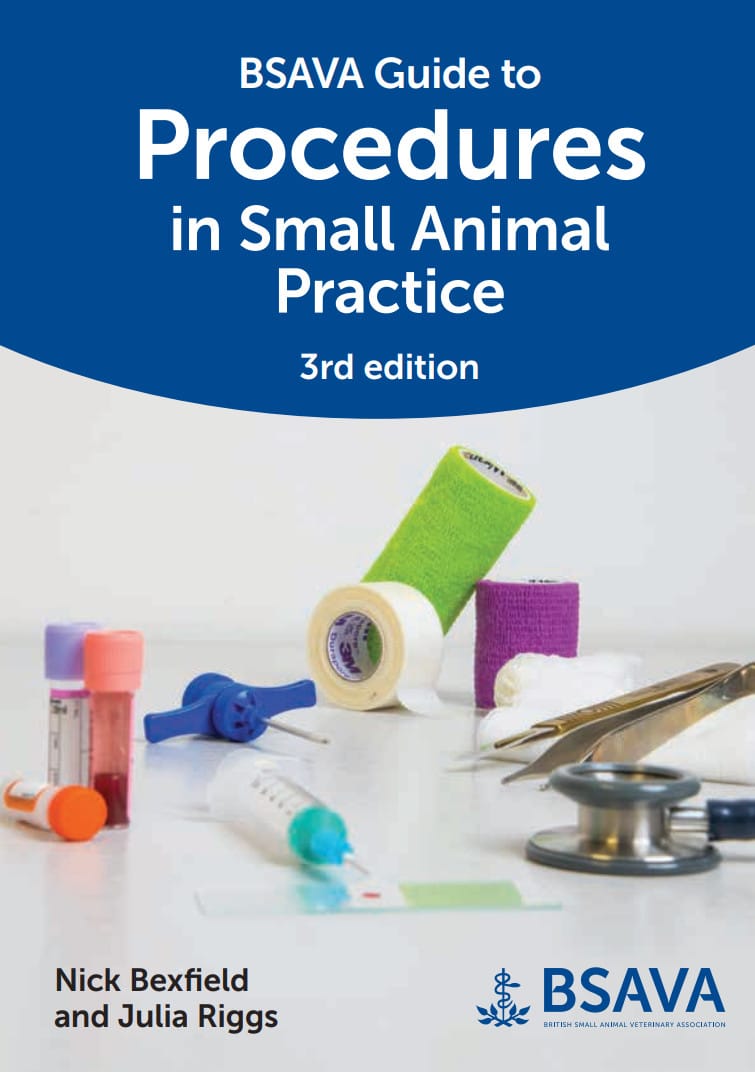
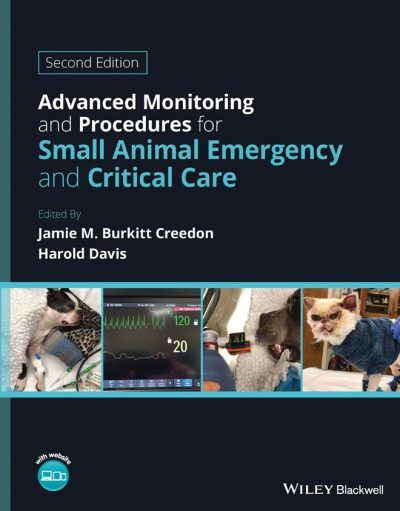


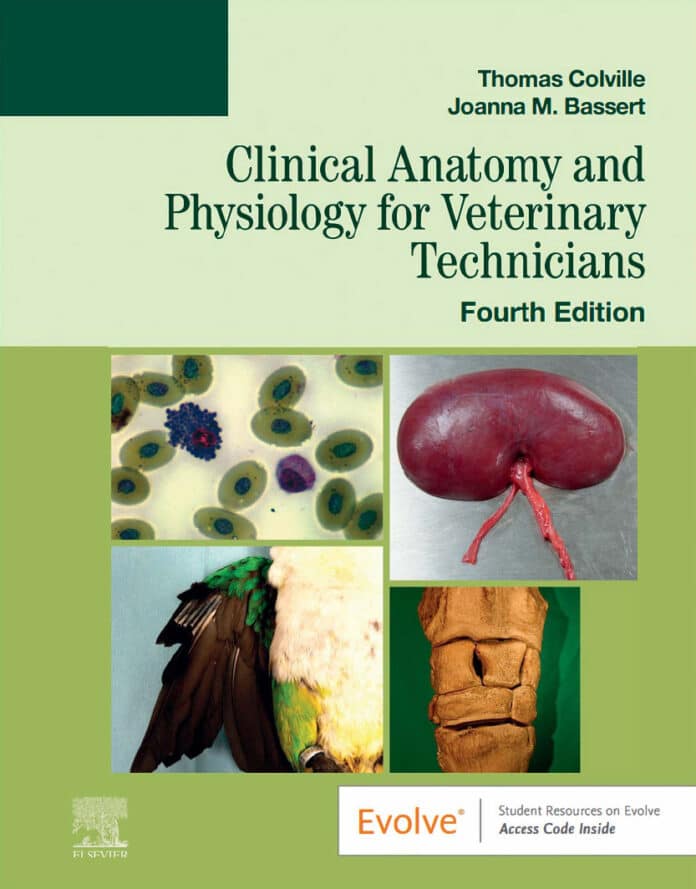
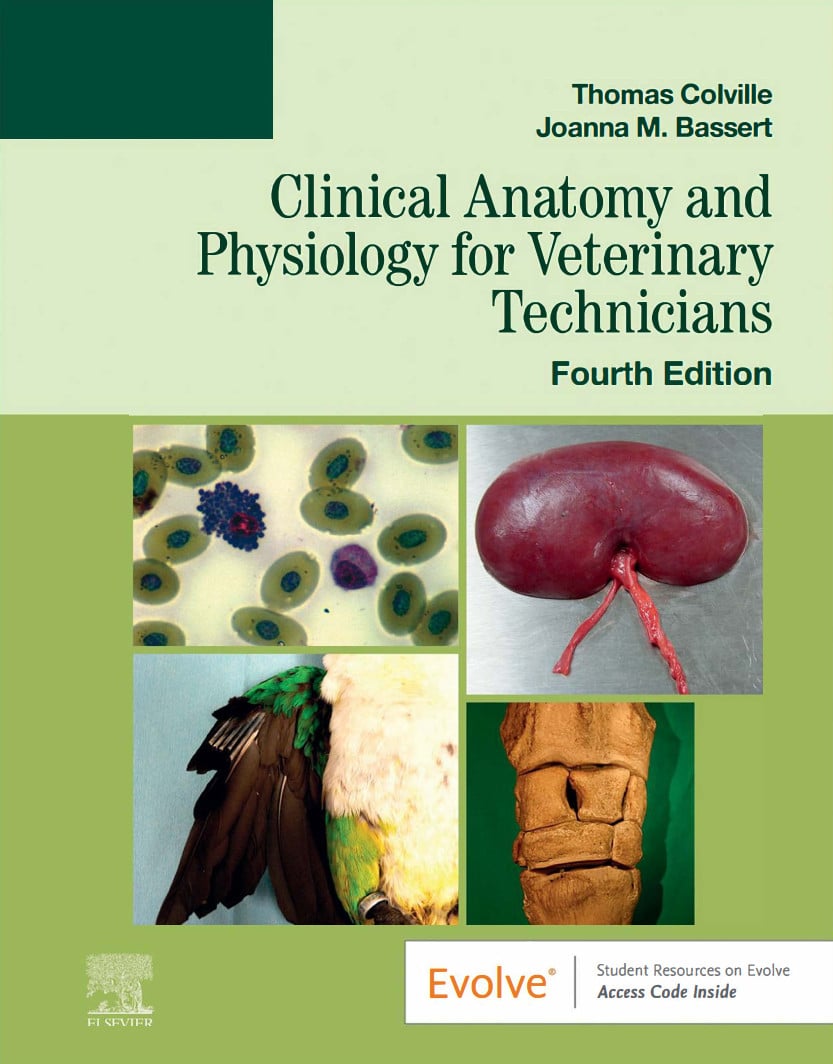
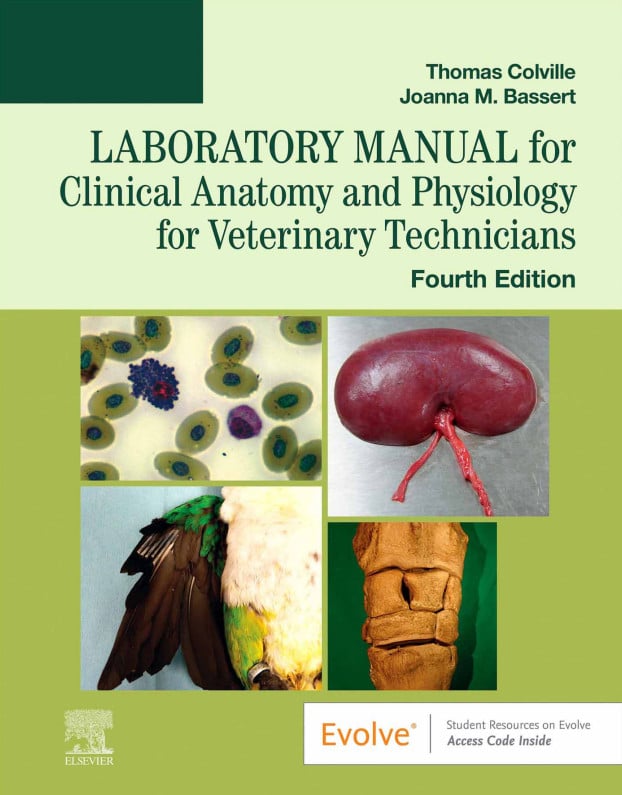








![Ettinger’s Textbook of Veterinary Internal Medicine 9th Edition [PDF+Videos] Ettinger’s Textbook of Veterinary Internal Medicine 9th Edition [True PDF+Videos]](https://www.vet-ebooks.com/wp-content/uploads/2024/10/ettingers-textbook-of-veterinary-internal-medicine-9th-edition-100x70.jpg)





